Minds On
Let’s get started!

Two teachers are talking. One teacher says, "Oh no! I accidentally spilled my water." The other teacher says, "No worries, I'll help you clean it up."
Explore the following 3 materials.

Which material should Teachers A and B use to wipe up the water? Why?
Which material would not work well to clean up the water? Explain your thinking.
Record your ideas digitally, orally, or in print.
Action
Connecting to the world
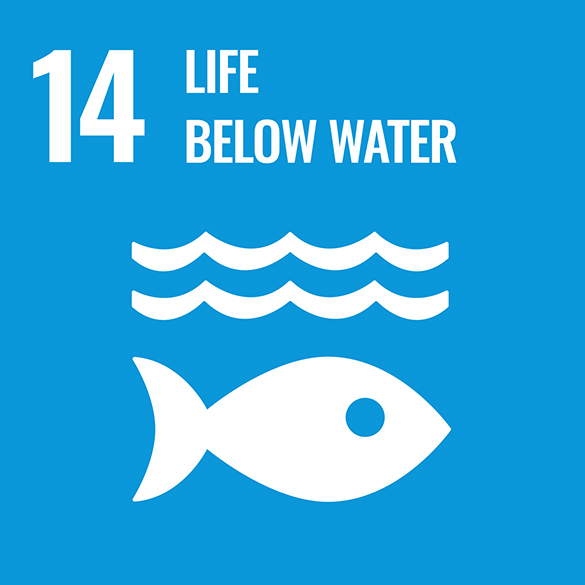
The United Nations (UN) is a group of many countries from around the world that have come together to create a better future for people and the environment. They have created 17 goals called the Sustainable Development Goals.
This learning activity is connected to Goal #14 which is called Life Below Water. This means everyone should help protect our oceans and seas.
Absorb and repel
Let’s return to the scenario in the Minds On. Which material should Teacher A and Teacher B use to wipe up the water? The aluminum foil, the cotton towel, or the squeegee?
Examine the following clips to help you decide.
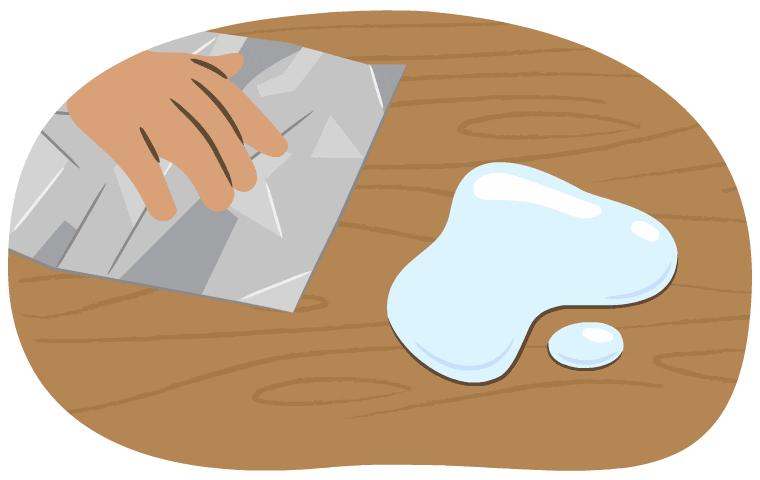
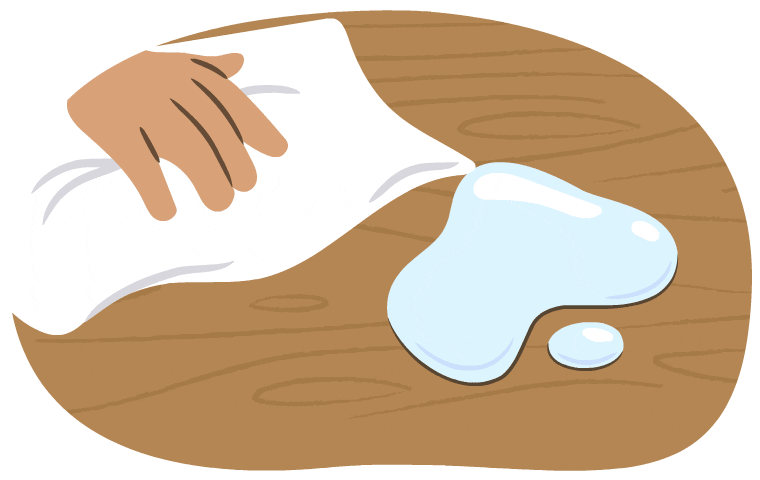

Which material(s) worked well to clean up the water? Why? Press ‘Answer’ to check your answer.
The cotton towel worked well because it soaked up the water.
Which material(s) did not work well to clean up the water? Press ‘Answer’ to explore the answer.
The aluminum foil and squeegee did not work well because they both pushed the water around.
Some materials like a cotton towel can soak up liquids. These materials absorb water.

The sponge absorbs water, which is why water can be squeezed back out.
Some materials, like the aluminum foil and squeegee, cannot soak up liquids. These materials repel water.

The water runs off the umbrella because it repels water.
Design an experiment
Let’s investigate other materials that absorb and repel water.
We can use an experiment to help us test different materials.
Safety
Before you explore the following experiment, let’s perform a safety check.
Hands-on Science
Absorbing liquids
Let’s design an experiment to test how different materials absorb liquids.
We can use the following question for our experiment:
- Which materials are best for absorbing liquids?
Let’s make an experiment to try to answer our question: which materials are best for absorbing liquids?
Press the tabs to make our experiment!
Choose four items for your experiment. You may choose four items from the following list.
If possible, gather the materials you think will be useful for this experiment.
For example, what will you use to hold the water?
What will you use to pour or drop the same amount of water on each item?
Think about what steps you might follow for your experiment. What will you do first? What will you do second?

A prediction is when you make a guess about what you think will happen in your experiment.
So far you have:
- asked a question
- selected your materials
- figured out your steps. Now, consider what you think might happen.
When making a prediction…
- think about what you already know
- explain what you think will happen
Which material do you think will absorb water the best?
Which material do you think will absorb water the least (repel)?

When you do an experiment, you are trying to find out the answers to the questions you asked.
Now that you have designed your experiment, what are your next steps?
If possible, follow the steps you created for this absorb and repel experiment in Step 2: My steps.

It’s time to record what you have learned. You could write it down or make an audio or video recording.
Finally, think about the experiment and what you noticed.
- How did the experiment help answer my question?
- Which materials are best for absorbing liquids?
- Were your predictions correct?
Complete the Absorb or Repel Experiment in your notebook or using the following fillable and printable document. If you would like, you can use speech-to-text or audio recording tools to record your thoughts.
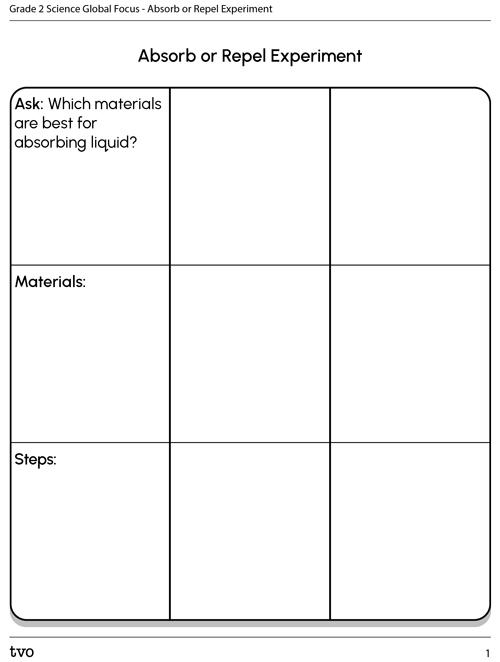
Press the Activity button to access the Absorb or Repel Experiment.
Activity (Open PDF in a new tab)
Science is about thinking about the steps you took and things you could change to make it better.
Is there anything that you could change about what you did?
Even if your attempts didn’t work out, what did you learn?
Did You Know?
What is waterproof?
Waterproof means that something can keep water out. Some animals and plants are waterproof! Press the following tabs to explore waterproof animals and plants.
Some animals repel water!
For example, beavers have a layer of waterproof fur known as guard hairs. This layer of fur repels the water. These waterproof hairs keep beavers dry and warm when they swim underwater.
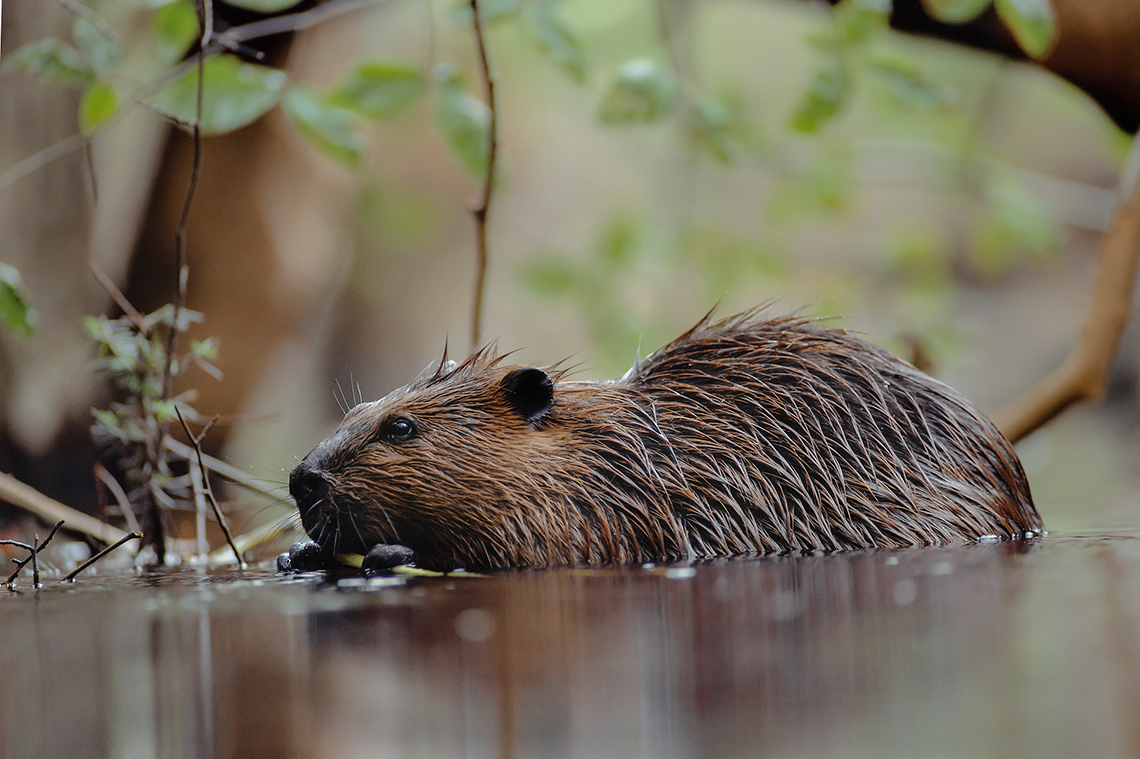
Some plants are waterproof too! For example, the leaves of the lotus plant repel water. The lotus leaf has a special coating that allows water to bead up and roll off the leaf.
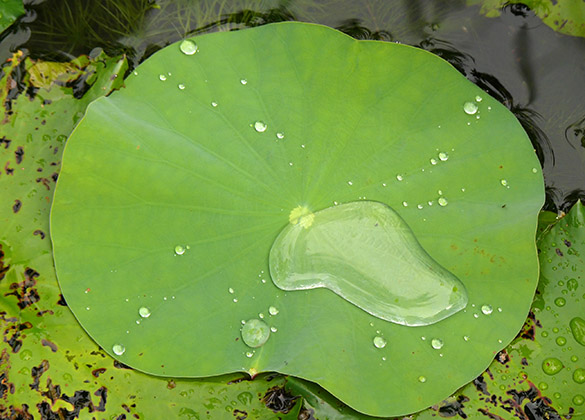
The leaves of the lotus have inspired scientists to make water-repellant fabrics for clothing that people wear outside.
Does it absorb or repel?
Examine the following images and descriptions.
- Which item(s) absorbs water?
- Which item(s) repels water?
Explain how you know.
Record your ideas digitally, orally, or on paper.

Sponge

Umbrella
Consolidation
Putting it all together
For this activity, sort which items absorb or repel water.
Choose “Absorb” if the item soaks up water.
Choose “Repel” if water shakes off or runs off the item.
Scenario time!

What types of material might someone use to protect themselves from the rain?
What types of material might someone use to dry themselves off after jumping in a puddle?
Why is it important to know if something absorbs water or not?
Explain your thinking using the words absorb and repel.
Record your ideas using a method of your choice. You may choose to:
- draw a picture and label the important parts
- tell someone
- write about it
- create an audio or video recording
Reflection
How do you feel about what you have learned in this activity? Which of the next four sentences best matches how you are feeling about your learning? Press the button that is beside this sentence.
I feel…
Now, record your ideas about your feelings using a voice recorder, speech-to-text, or writing tool.